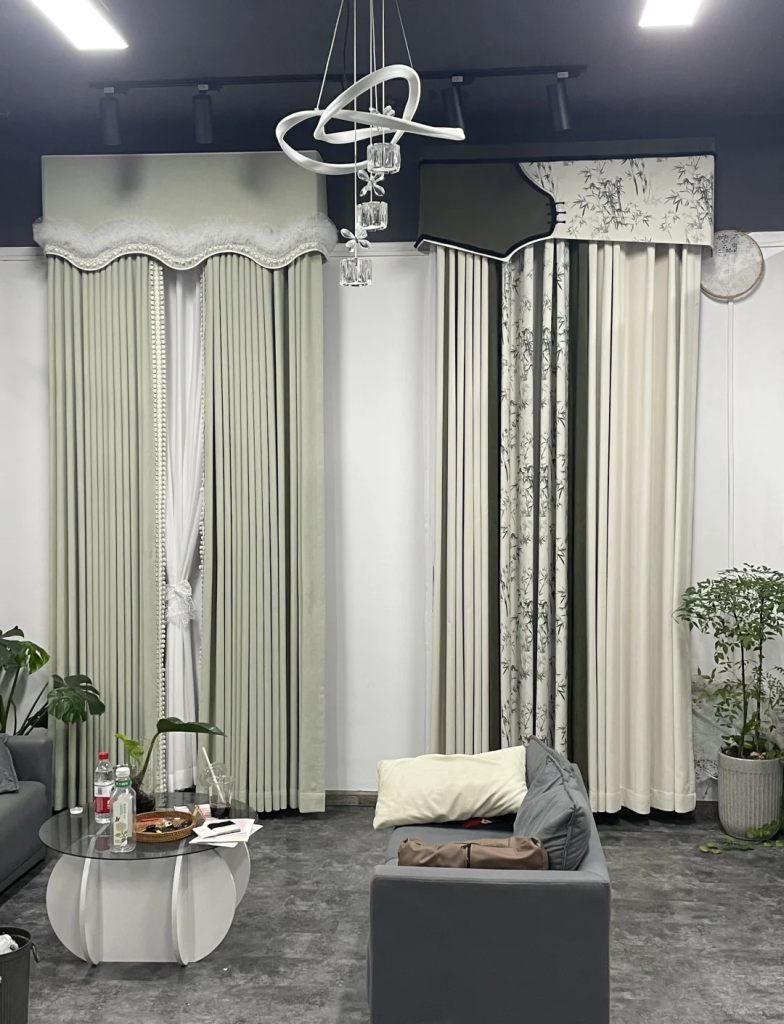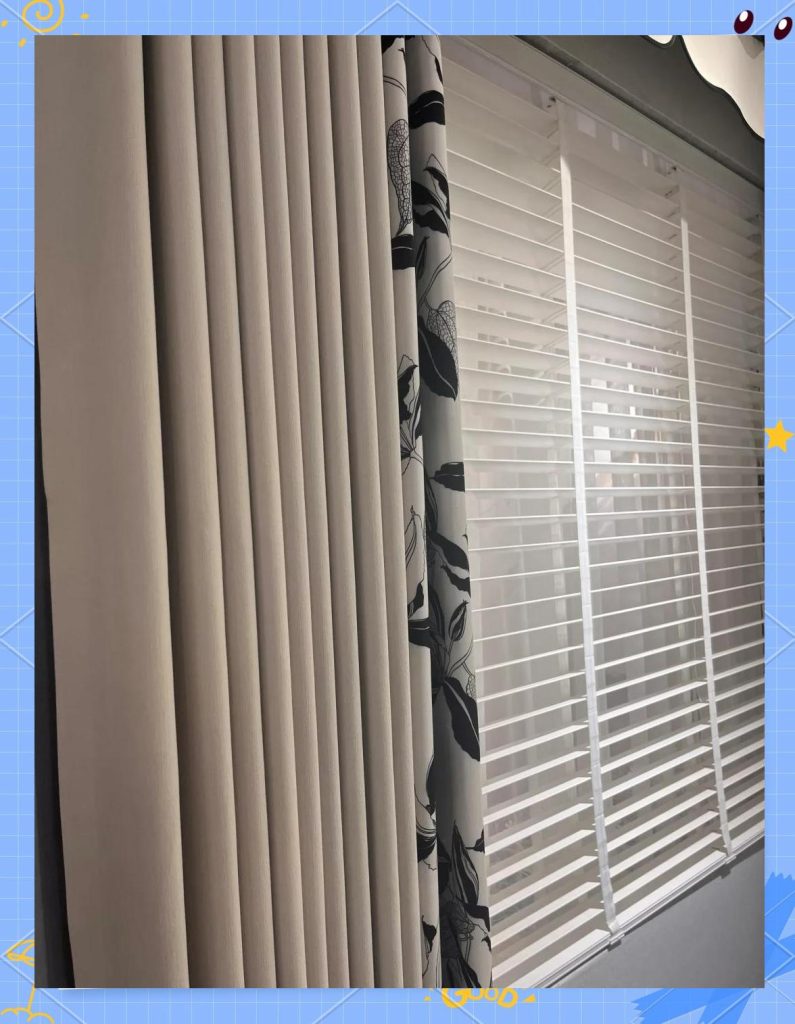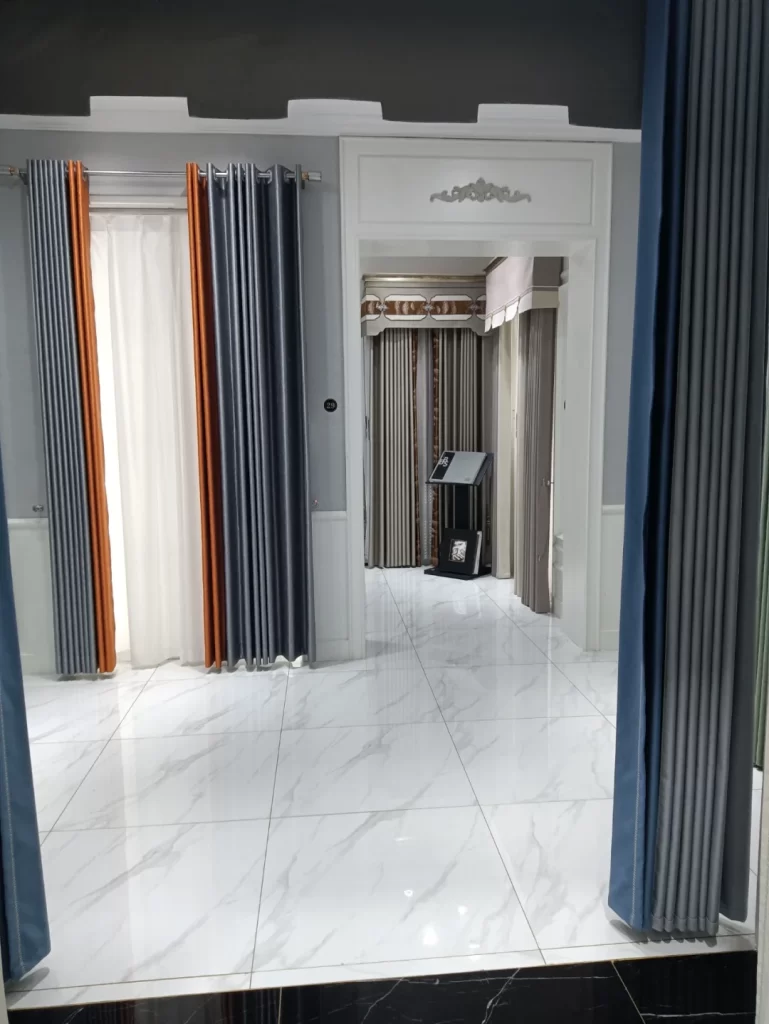


The global interior design industry has witnessed a surge in demand for sophisticated, customizable curtains that blend aesthetics with functionality. At the heart of this transformation are Chinese curtain processing factories, which have emerged as leaders in delivering high-performance, eco-conscious solutions tailored to diverse markets. This article delves into the competitive advantages, technological advancements, and sustainability initiatives reshaping China’s curtain manufacturing landscape.
—
1. The Evolution of China’s Curtain Manufacturing Industry
China’s dominance in curtain production stems from its ability to merge traditional textile craftsmanship with advanced manufacturing technologies. Over the past decade, factories have transitioned from mass-produced designs to niche, client-driven solutions, supported by:
– Vertical integration: End-to-end control over raw material sourcing, design, production, and logistics.
– Investment in R&D: Development of proprietary fabrics, such as moisture-wicking linens and UV-resistant blackout curtains.
– Global compliance standards: Adherence to certifications like ISO 9001 (quality management) and OEKO-TEX® (eco-friendly textiles).
—
2. Key Differentiators in Chinese Curtain Factories
A. Customization at Scale
Factories leverage CAD software and AI-driven design tools to create intricate patterns, gradient fabrics, or asymmetrical designs. Clients can specify:
– Functional features: Motorized mechanisms, thermal insulation layers, or acoustic dampening.
– Material blends: Combining natural fibers (e.g., cotton, silk) with synthetic polymers for enhanced durability.
B. Smart Technology Integration
Modern Chinese factories are pioneering “smart curtains” equipped with IoT-enabled features:
– Automated controls: Voice-activated adjustments via platforms like Alexa or Google Home.
– Energy-saving modes: Sensors that adjust opacity based on sunlight intensity to reduce HVAC usage.
C. Sustainability-Driven Practices
To meet global eco-conscious demands, manufacturers prioritize:
– Low-impact dyes: Reducing chemical waste and water consumption during fabric treatment.
– Circular production models: Repurposing fabric scraps into rugs or upholstery materials.
– Carbon-neutral logistics: Partnering with logistics providers to offset emissions through reforestation programs.
—
3. Behind the Scenes: From Design to Delivery
Collaborating with a Chinese curtain factory involves a streamlined process:
1. Conceptualization: Clients share mood boards, color palettes, and functional requirements.
2. Fabric selection: Experts recommend materials based on climate resilience, light-blocking capabilities, or maintenance needs.
3. Prototyping: 3D renderings and physical samples ensure alignment with design intent.
4. Mass production: Automated looms and laser-cutting machines ensure precision and speed.
5. Quality assurance: Rigorous testing for pilling resistance, tensile strength, and colorfastness.
6. Global shipping: Dedicated freight partners guarantee timely delivery with protective packaging.
—
4. Embracing Industry 4.0 Technologies
Leading factories now integrate AI, IoT, and big data analytics to optimize operations:
– Predictive maintenance: Sensors monitor machinery health to minimize downtime.
– Digital twins: Virtual replicas of production lines simulate scenarios to improve efficiency.
– Blockchain traceability: Clients track raw materials from source to finished product, ensuring ethical sourcing.
—
5. The Future of Smart and Sustainable Curtains
As urbanization and smart home adoption rise, Chinese manufacturers are investing in:
– Self-cleaning fabrics: Nanotechnology coatings that repel dust and stains.
– Solar-powered automation: Curtains with integrated photovoltaic cells to power IoT devices.
– Biodegradable textiles: Plant-based fabrics that decompose naturally at end-of-life.
—
Why Partner with Chinese Curtain Factories?
– Cost-effectiveness: Competitive pricing without compromising quality.
– Scalability: Support for small-batch custom orders or bulk commercial projects.
– Agility: Rapid prototyping and flexible production schedules.
Article link:https://www.vlefooena.com/manufacturer/3579/

No reply content